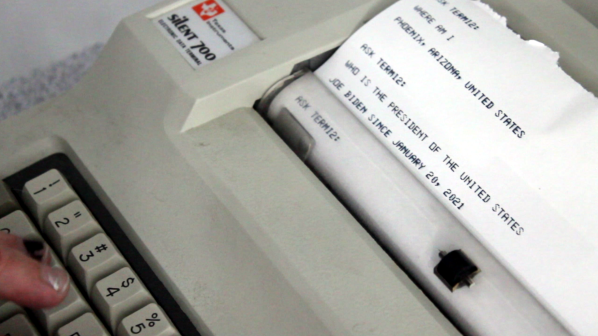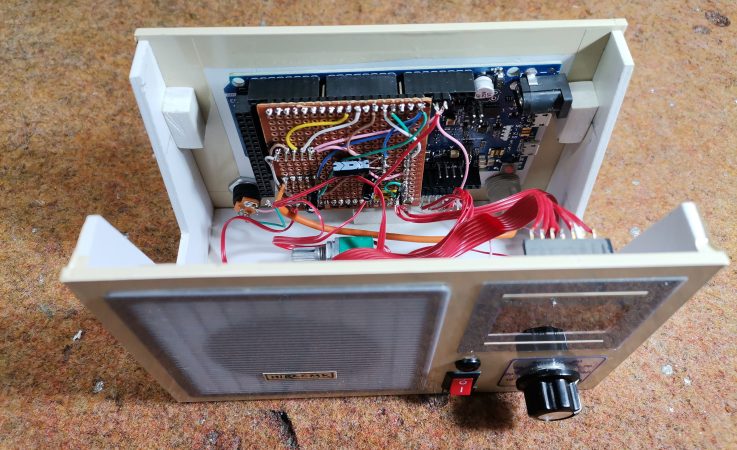This week Jonathan Bennett and Aaron Newcomb talk with Randal Schwartz, the longest running host of FLOSS Weekly, Perl’s biggest cheerleader, and now Dart and Flutter expert. What’s new with Randal since his last FLOSS Weekly episode in May 2020? Why should you look at Dart and Flutter? And how do you avoid becoming a security martyr?
Randal has been busy since handing over the reigns of FLOSS Weekly, adding to his Perl credentials a solid claim to being a Dart Flutter expert. The Dart language has some real appeal, taking the best features from JIT languages like JavaScript, and also offering binary compilation like a real systems language should. Then the Flutter framework lets you write your code once, and literally run it on any screen. Sure, there have been some growing pains along the way, and listen to the episode to hear Randal describe the “45-degree turns” the language/framework duo has taken through the years.
Then as almost a bonus at the end of the episode, Randal quickly covered his now-expunged conviction for “doing his job with too much enthusiasm”, and covered some basic pointers to keep other security researchers out of trouble. This week is a nostalgia trip for long-time listeners, as well as a real treat for everyone else.
Continue reading “FLOSS Weekly Episode 765: That Ship Sailed… And Sank”
















